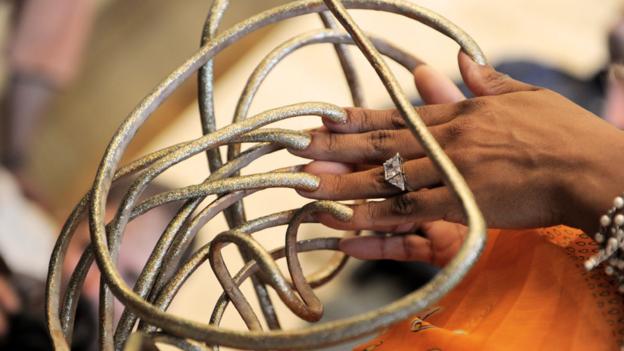Do your hair and fingernails grow after death?

The gruesome sight features in literature and horror films, but is it
true? To find out, we need to look into the world of organ transplants.
Your
hearts stops, your blood goes cold and your limbs stiffen. Yet amidst
the signs that you are no more, your fingernails continue to lengthen
and your hair grows – or so we’re told.The young narrator in Erich Maria Remarque’s novel All Quiet of the Western Front imagines the nails of a friend who has died of gangrene continuing to grow into corkscrews as the hair on his decaying skull lengthens “like grass in good soil”. It’s an idea that’s not pleasant, yet seems to endure. Is it true, though?
Not surprisingly there haven’t been many systematic studies measuring daily changes in fingernail and hair length in the dead. For hints we can turn to historical anecdotes and descriptions provided by medical students working with cadavers. Transplant surgeons are also experienced in calculating the length of time the different kinds of cells continue to function beyond death.
Different cells die at different rates. After the heart stops beating, oxygen supply to the brain is cut off. With no glucose store to rely on, nerve cells die within three to seven minutes.
Transplant surgeons must remove kidneys, livers and hearts from donors within thirty minutes of death and get them into recipients inside six hours. Skin cells, meanwhile, are longer lived. Grafts can still be successful if taken 12 hours after death.
In order for fingernails to grow, new cells need to be produced and this can’t happen without glucose. Fingernails grow by an average of 0.1mm per day, a rate which slows as we age. A layer of tissue beneath the base of the nail called the germinal matrix is responsible for producing the vast majority of the cells which form the newest-growing part of the fingernail. The new cells push the older ones forwards, making the nail appear to lengthen from the tip. Death puts a stop to the supply of glucose, and therefore to fingernail growth.
A similar process occurs for hair. Each hair sits within a follicle that drives its growth. At the base of the follicle is the hair matrix, a group of cells that divide to produce the new cells that make hair strands longer. These cells divide very rapidly, but only when supplied with energy. This comes from the burning of glucose, which requires the presence of oxygen. Once the heart stops pumping oxygen round the body in the blood, the energy supply dries up, and so does the cell division that drives hair growth.
So why do myths persist about stubble growing on dead men’s chins and fingernails lengthening? While such observations are false, they do have a biological basis. It is not that the fingernails are growing, but that the skin around them retracts as it becomes dehydrated, making them appear longer. When preparing a body, funeral directors will sometimes moisturise the fingertips to counteract this.
The skin on a dead man’s chin also dries out. As it does so it pulls back towards the skull, making stubble appear more prominent. Goosebumps caused by the contraction of the hair muscles can add to the effect.
So if your mind is plagued by images of graveyards scattered with lids pushed from their coffins by the flowing locks and grotesquely long and twisted fingernails skeletons, you can rest easy. Such scenes may feature in literature and in horror films, but not in the real world.

ไม่มีความคิดเห็น:
แสดงความคิดเห็น